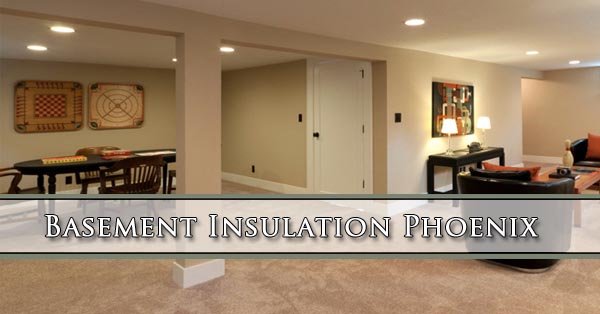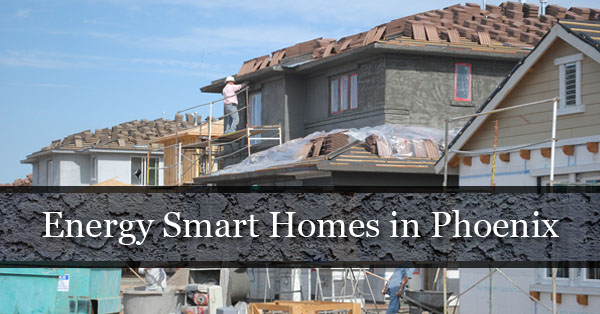
With different zones in your home that need to be insulated there are different types of insulation that will be used. There are 4 main types of insulation; we have provided insulation cost comparison information about each type.
Spray Foam Insulation Costs
Fiberglass Batt Insulation Costs
Radiant Insulation Costs
Blown-In Insulation Costs
Insulation Types
Depending on your insulation zone, budget, geographical location of your home and the current R-value of your home you will want to choose between the 4 main categories of insulation. Each has their own strengths. Some are longer lasting and higher R-values, some are just more cost effective.
Spray Foam Insulation Cost

Houses that are built by even the most experienced contractors still can have gaps. And all houses after years of settling naturally end up with these spaces that allow air to escape, or enter your home. Spray foam insulation helps create a seal that traps the air inside your home. This keeps that air condoning in, and your energy bill low. The professional application of this type of insulation is generally calculated by the board foot.
Calculating Spray Foam Insulation Costs – First home owners need to be aware that there two types of spray foam insulation.
There is less costly, but less effective open cell spray foam insulation. Typically open cell spray foam insulation costs about 35 – 55 cents per board foot.
The closed cell spray foam insulation cost is higher, but so is its R-value. It can be one of the most effective insulation types, boasting an impressive R-6 per inch. The cost per board foot is around $1-2 dollars.
The formula for calculating these costs sq. ft x depth in inches = board feet. Establish with your insulation contractor the current cost per board foot. Chemical costs can fluctuate, and the costs of spray foam insulation can follow.
So it really just depends on how much space you have to cover, and which spray foam insulation type you can afford. Open cell is less costly, but you will see greater savings with closed cell spray foam. Over the long term the energy savings can really add up and pay for the additional cost of closed cell spray foam.
Fiberglass Batts Insulation Cost

When your walls are still open during construction or remodeling fiberglass can be one of least costly ways to insulate. Fiberglass batts are also a great option for attic insulation. The installation is fairly straightforward; however a loose corner or torn backing can drastically reduce the actual R-value efficiency. These batts are designed and produced with the common stud widths. They are set in place and many times secured with staple guns.
Common costs for fiberglass insulation batts are between 64¢ and $1.19 per square foot. Depending on the insulation company the cost of labor for installing the insulation can vary between $150 to $300. It just depends on how much area needs to be covered what the access to the attic like. It also depends on what R-value of batt you choose to use. Discuss the specifics with your local insulation experts.
Radiant Barrier Insulation Cost

Typically installed in attics to battle either the winter cold, or more specifically the heat for Arizona radiant barrier insulation can really help keep those energy bills lower. Radiant barrier is different in its design, yet identical in its objective. Most insulation works by slowing the heat down as it tries to transfer through the insulation material. The thermodynamic principle that radiant barriers capitalize on isn’t a matter of slowing, but reflecting. Much like those emergency blankets you might have seen the highly reflective coatings work by turning heat around and sending it off in another direction.
Costs for radiant or reflective barriers can be about 15 to 30 cents per square foot. Depending on access and environmental considerations the cost for the job including labor for a 500 square foot attic might run anywhere from $500 to $750 dollars. Again, having an inspection and getting quote from your local Phoenix insulation expert will help you have a more accurate idea of what it will cost to get your home more energy efficient.
Blown-In Insulation Cost

Being a cellulose product it is typically made up of reclaimed or recycled cardboard of newspapers. Blown-in insulation has been used for decades and is fairly common in our homes. It’s widely used across the varied climates of the United States and has a higher than average R-value. Its specific R-value depends on its application or installation. The thicker it’s applied the higher the R-value.
It is installed with a mechanical blower. The blower is hooked up to a box of the material, and then the blower is pointed in the direction insulation is needed. One of the most common types of blown-in insulation materials is borate treated class 1 insulation. It is moisture resistant and the use of borate helps keep vermin and insects at bay.
Costs for blown-in insulation can vary depending on the attic, but generally for the pros to come and do the installation you can be looking anywhere from $1,500 – $2,000. It really depends again on how the access to your attic is, and how large an area you need insulated.
House Insulation Zones Affect Cost
Homes have different areas or zones that need to be insulated for a whole home approach. Insulating all the zones correctly gives homeowners the maximum energy savings. The types of insulation used in the different areas are different and have different costs. Places like attics, walls, garages and so on have different requirements to be insulated properly. The average home in the United States is two-story and measures around 2,500 square feet.
Roof Insulation – Sealing a roof is a critical step in your home’s energy efficiency. It’s not just about keeping the air in, but keeping water out. Places like soffit vents, and roof gaps need to be sealed up to keep the attic dry. Moisture will eventually degrade insulation and render it useless. Properly insulated attics help in both summer and winter. They keep the attic cooler in the summer and warmer in the winter. Having that space between your roof and living space helps keep your living areas comfortable and drastically reduces energy costs.
Wall Insulation – While the best way for walls to be insulated is before the walls have their sheetrock up, a lot of home owners are improving houses that have already been finished and lived in. For new construction closed cell spray foam insulation is the most effective insulator. On the other hand for homeowners who want to improve the insulation of an existing structure blown in insulation can be a great option. A small hole can be cut in the sheetrock, insulation blown in, and then a patch be made where you’d never know the wall was opened.
Insulating Crawl Spaces – These spaces have a need to be well ventilated. This helps cut down on the moisture. Many times crawl spaces are insulated with batting. This means that depending on the size of your crawl space you could be spending as little as $3 for a roll of insulation. Larger spaces will obviously cost more and more material and many hours are needed to install the insulation.
Insulated Garage Doors – A great DIY project for a home owner can be insulating a garage door. Kits can be bought for around $200. Only taking a few hours to install the garage door insulation will help keep your garage a more even temperature. This will help keep your house energy costs down too as the garage will be another open space that is insulated, like your attic, that keeps the heat out.
Phoenix Insulation Professionals
If you’ve got an insulation project you need done, Barrier Insulation is the Phoenix source for affordable insulation installation. Barrier even has an insulation removal service to get all that old, useless insulation out of your home before new insulation is installed.
Barrier Insulation – 602-499-2922













